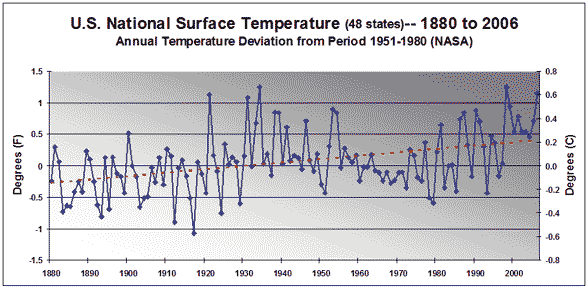{youtube}P2qVNK6zFgE{/youtube}
Defined
“Carbon Dioxide (CO2) – A colourless, odourless gas produced by burning carbon and organic compounds and by respiration, and absorbed by plants in photosynthesis.” – Compact Oxford English Dictionary
“Carbon Dioxide (CO2) – A heavy colorless odorless atmospheric gas. Source: respiration, combustion. Use: during photosynthesis, in refrigeration, carbonated drinks, fire extinguishers.” – Encarta Dictionary
“Carbon Dioxide (CO2) – A heavy colorless gas that does not support combustion, dissolves in water to form carbonic acid, is formed especially in animal respiration and in the decay or combustion of animal and vegetable matter, is absorbed from the air by plants in photosynthesis, and is used in the carbonation of beverages.” – Merriam-Webster Dictionary
“Carbon Dioxide (CO2) – A colorless, odorless, incombustible gas, CO2, formed during respiration, combustion, and organic decomposition and used in food refrigeration, carbonated beverages, inert atmospheres, fire extinguishers, and aerosols.” – The American Heritage Dictionary
“Carbon Dioxide (CO2) – A colorless, odorless, incombustible gas that is produced naturally in breathing, combustion, and decomposition, and commercially for use in dry ice, fire extinguishers, and carbonated beverages.” – Wordsmyth Dictionary
Carbon Dioxide
– Carbon Dioxide (CO2) is a natural part of Earth’s Atmosphere (NASA)
– Carbon Dioxide (CO2) levels in the atmosphere have risen from 0.028% to 0.038% (380ppm) over the past 100 years (IPCC)
– Carbon Dioxide (CO2) is not toxic until 5% (50,000ppm) concentration (Source)
– Any detrimental effects of Carbon Dioxide (CO2) including chronic exposure to 3% (30,000ppm) are reversible (Source)
– OSHA, NIOSH, and ACGIH occupational exposure standards are 0.5% (5,000 ppm) Carbon Dioxide (CO2) (Source)
Kyoto Protocol
The Kyoto Protocol is a treaty to regulate ‘Greenhouse Gases‘ only:
– Carbon dioxide (CO2)
– Methane (CH4)
– Nitrous oxide (N2O) (Laughing Gas, Nitrous, NOS)
– Hydrofluorocarbons (HFCs)
– Perfluorocarbons (PFCs)
– Sulphur hexafluoride (SF6)
Car Exhaust
Car Exhaust consists of:
Harmless:
– Carbon dioxide (CO2)
– Nitrogen (N2)
– Water vapor (H2O)
Some Pollutants:
– Carbon monoxide (CO) *
– Hydrocarbons or Volatile Organic Compounds (VOCs) *
– Nitric oxide (NO) *
– Nitrogen dioxide (NO2) *
- Your car’s Catalytic Converter removes about 95% of these pollutants by converting them to harmless Carbon Dioxide (CO2), Nitrogen (N2), Oxygen (O2) and Water (H20)
Smog
Smog consists of:
– Ozone (O3) * (formed from the photochemical reaction of Nitrogen dioxide (NO2) + Hydrocarbons)
– Particulate matter (PM-10) *
– Sulfur dioxide (SO2) *
- Air Pollution is already regulated in the: 1970 Clean Air Act (Amended: 1977, 1990)
Air Quality in America
– The United States has sharply reduced air pollution levels, despite large increases in nominally “polluting” activities (Source)
– Air pollution affects far fewer people, far less often, and with far less severity than is commonly believed. (Source)
– Areas in the United States with the highest pollution levels have improved the most (Source)
– Air quality in the United States will continue to improve (Source)
– Regulators and environmental activists exaggerate air pollution levels and obscure positive trends in the United States (Source)
Air Quality in America (PDF) (AEI)
Peer-Reviewed Papers
Environmental Effects of Increased Atmospheric Carbon Dioxide (PDF)
(Climate Research, Volume 13, Number 2, pp. 149‚164, October 1999)
– Willie H. Soon, Sallie L. Baliunas, Arthur B. Robinson, Zachary W. Robinson
Scientific Shortcomings in the EPA’s Endangerment Finding from Greenhouse Gases (PDF)
(The Cato Journal, Volume 29 Number 3, pp. 497-521, 2009)
– Patrick J. Michaels, Paul C. Knappenberger


















